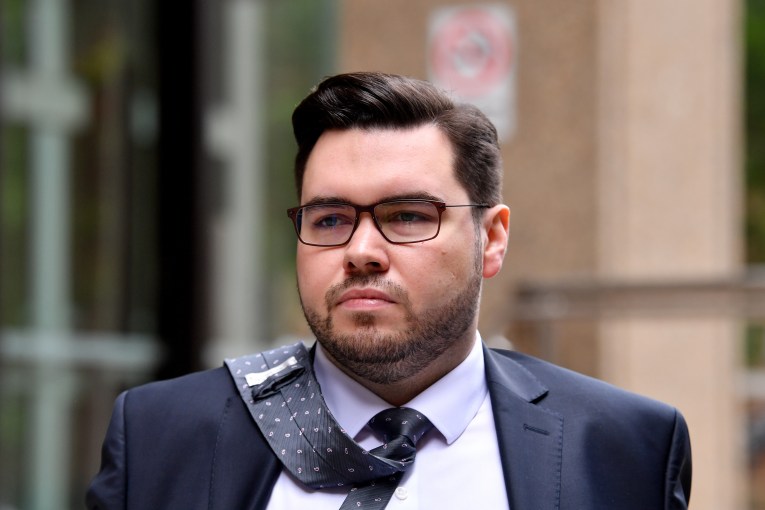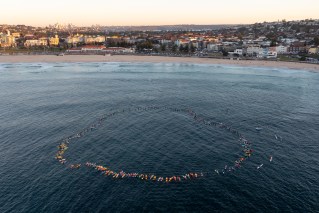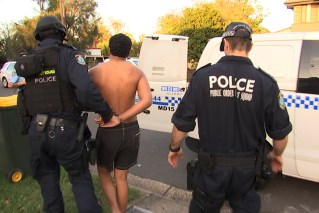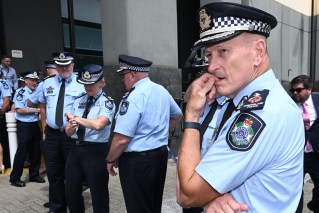New rules on how to handle young Aussies who can’t find work
The Morrison Government is reconsidering who in the job crisis it should save first. It has promised more resources, but won’t hesitate to ditch those who don’t help themselves.
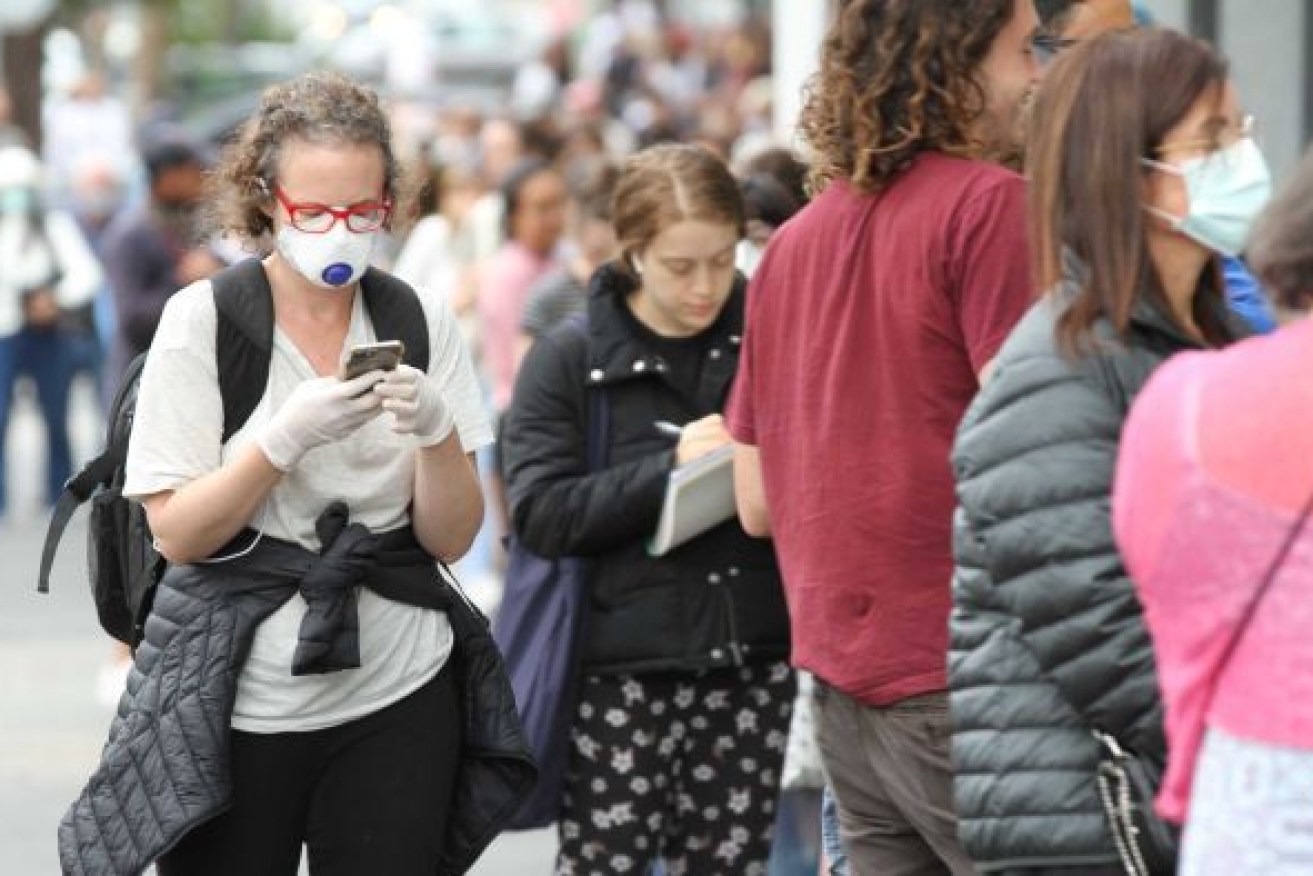
Long Centrelink lines seen early in the pandemic. Photo: ABC
In the budget, the Federal Government allocated $481.2 million to the Transition to Work employment service which, since 2016, has helped people aged 15-24 move into work or education.
That age group has been hit hard by the pandemic, with a 54 per cent increase in the number who have been unemployed for more than 12 months.
While the budget also outlined other measures to assist job seekers, the Transition to Work program will be given a new eligibility criteria based on an individual’s risk of remaining unemployed long-term. That will effectively decide places in the queue, leaving those who are comparatively better off to do more for themselves.
The government has told contractors there has already been an increase in the number of people referred to the program with issues such as mental illness, homelessness and substance abuse. It has vowed to be “vigilant around eligibility to ensure that young people who have the most impactful disadvantage and are unable to participate in self-service will be eligible for Transition to Work”.
“Based on the current jobactive caseload, young people in this cohort are approximately four times more likely to have a disability and/or be homeless than other young people in jobactive,” the government wrote in a consultation document.
“These young people are also much more likely to be Indigenous or ex-offenders. Broadly, new eligibility criteria will likely see the national commenced caseload in Transition to Work support an average caseload of around 41,000 disadvantaged young people at any given point in time, as young people with non-vocational barriers become eligible for the service.
“This is a significant increase to the pre-COVID-19 average of the commenced caseload of 17,600 young people in Transition to Work (July 2017 to March 2020) but is similar to caseloads at the height of COVID-19.”
Currently, people who don’t play their part in the Transition to Work program can be transferred to jobactive, the broader, less targeted program of employment assistance for those receiving income support payments. That ensures they don’t fall through the cracks.
But the government now “considers it both useful and appropriate to use the mechanism of temporary income support payment suspension to help ensure attendance at the initial appointment”.
“It is understood that some providers have been reluctant to utilise this mechanism given the vulnerability of the cohort, but it is important to note that should payment suspension be needed, a young person who is exempt from RapidConnect will receive all back-pay once they attend the first appointment with their Transition to Work provider,” the document states.
“This lever is intended to be used to ensure participants do attend that first meeting as the benefits of participating in the program outweigh this potential temporary impact.”
Social services organisations have previously raised concern the lack of extended income support during the pandemic threatens to leave vulnerable people unemployed, and homeless, for longer. The government has conceded some of its other reforms could potentially see people fall through the cracks.
